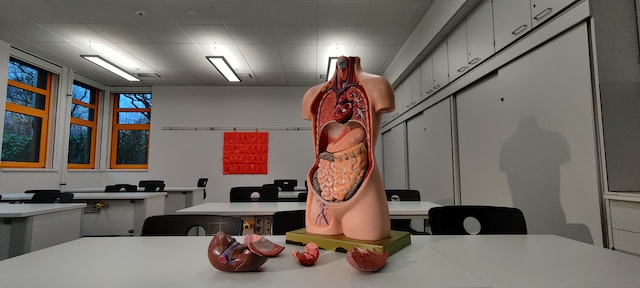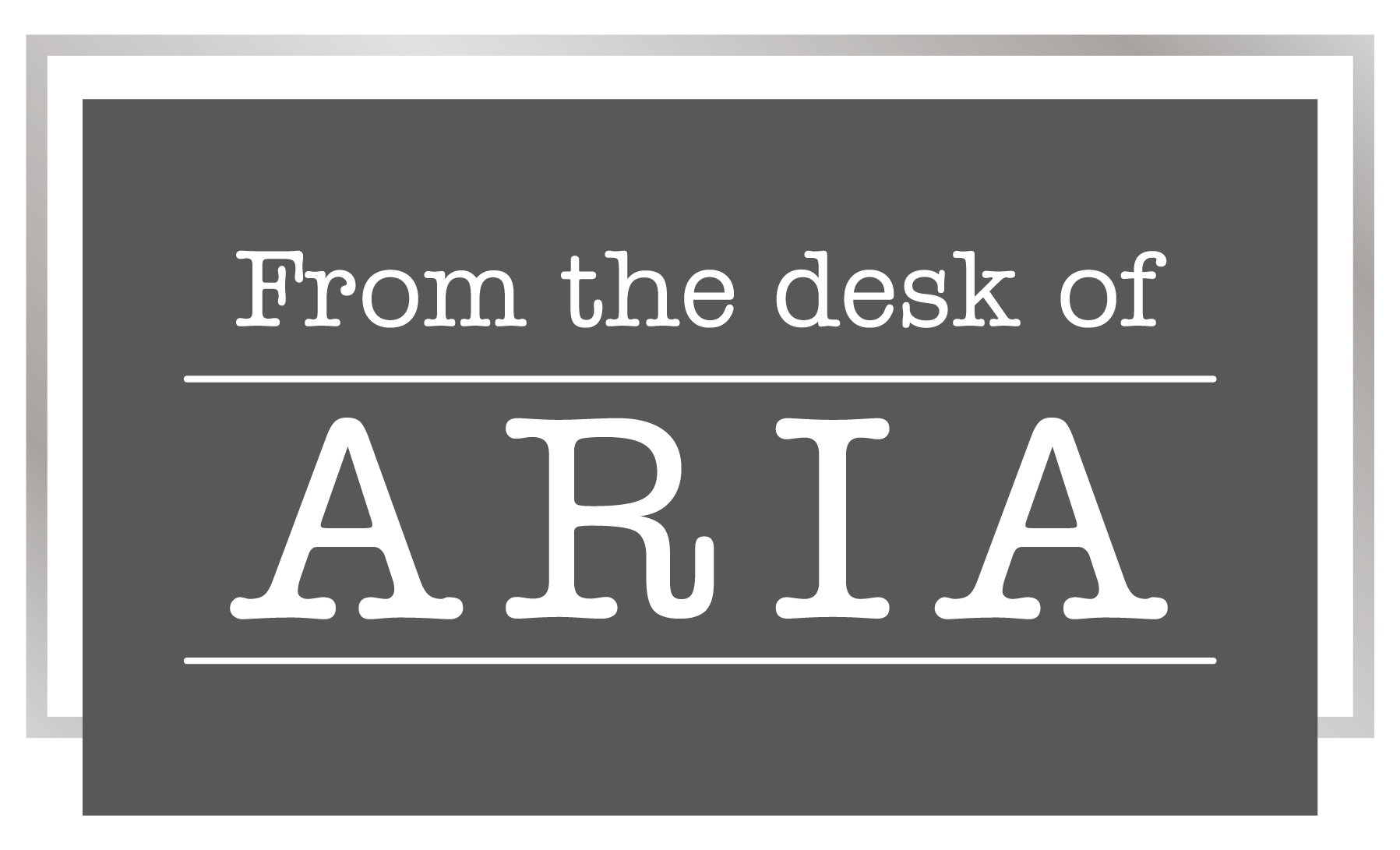
Bridging the Knowledge Gap: The Basics of the Female Reproductive System

Bridging the Knowledge Gap: The Basics of the Female Reproductive System
In 2020, Intima conducted a study on how well women know their bodies. The findings are jarring, showcasing several areas where women lack knowledge about their bodies. To bridge this knowledge gap, and gain a better understanding of female reproduction and bodies, here are the answers to the commonly misconceived concepts in the study.
A new poll of 2,000 women found that one in ten could not correctly identify a diagram of a woman’s reproductive system. 25% of women can’t correctly identify their Vagina. 46% could not properly identify the cervix. A separate survey by Nia.nih.gov found that only 9/103 of their participants (9%) labeled all anatomical structures correctly.
Many women do not understand their own reproductive organs and how they work. This is crucial information so we can understand our body enough to recognize problems within it and advocate for our health. So, here are the main organs of the female reproductive system, explained.
Our ovaries are two oval-shaped organs that produce and release ova (eggs) and hormones like estrogen. There are two narrow tubes that connect the ovaries to the uterus called fallopian tubes. Fertilization happens in these tubes; the sperm and egg fuse together. This fertilized egg is then implanted in the uterus, where it grows into a fetus during pregnancy. The uterus is a pear-shaped organ, and the lower part of it is the cervix, which connects to the vagina. Our vagina is a muscular canal that extends from the cervix to the outside of the body. This is a passageway that serves for menstrual blood flow, sex, and childbirth.
When respondents were presented with different potential definitions of the menstrual cycle, almost a quarter chose the incorrect response “the process a women’s body goes through to shed excess blood.”
The menstrual cycle prepares the female reproductive system for pregnancy. About each month, an egg is released from the ovary, during ovulation, and the lining of the uterus thickens to prepare for a potential pregnancy. If the released egg is not fertilized, the uterus sheds its lining through the vagina–this is what our period is. By shedding the uterine lining, a female’s body allows for the growth of a new lining during the next cycle. This is why we have a menstrual cycle each month.
One in ten thought menopause simply meant a woman had entered her 40s and 13% thought it was a woman skipping a menstrual cycle.
Menopause marks the end of a female’s reproductive years. This is when our menstruation cycles completely stop. This is caused by a gradual decline in the production of hormones by the ovaries, including estrogen and more. This leads to a woman’s menstrual cycles becoming irregular and eventually stopping completely. This process often begins between ages 45 and 55, according to Nia.nih.gov, although various factors in an individual’s life can influence the timing. Menopause comes with physical and emotional symptoms caused by changes in hormone levels. These include hot flashes, mood changes, vaginal dryness, sleep disturbances, and more.
The reason for addressing this issue is that women are affected–and upset–by these outcomes. Intima gathered that:
-
- Fifty-seven percent of the women surveyed admitted they don’t know as much about women’s anatomy as they should.
-
- Forty-two percent wished they had a better understanding of what the different organs in the reproductive system do.
-
- Thirty-eight percent want to get the facts on menopause and perimenopause.
-
- Thirty-five percent would want to know when a woman is at her most fertile and twenty-nine percent want a breakdown of the different stages of pregnancy.
We all want to know more. Without understanding our bodies, we can’t be an advocate for ourselves. The reason behind this lack of knowledge is America’s lack of adequate sexual education. If we were educated about this topic in formal settings such as schools from a young age, we would retain that knowledge and better understand our bodies. To keep on learning more and ensure our future generations have the opportunity at a better understanding than we were granted, email your state legislators.
